Denali National Park and Preserve
On February 26, 1917, Denali National Park was first established as Mount McKinley National Park. The park is home to the tallest mountain in North America.
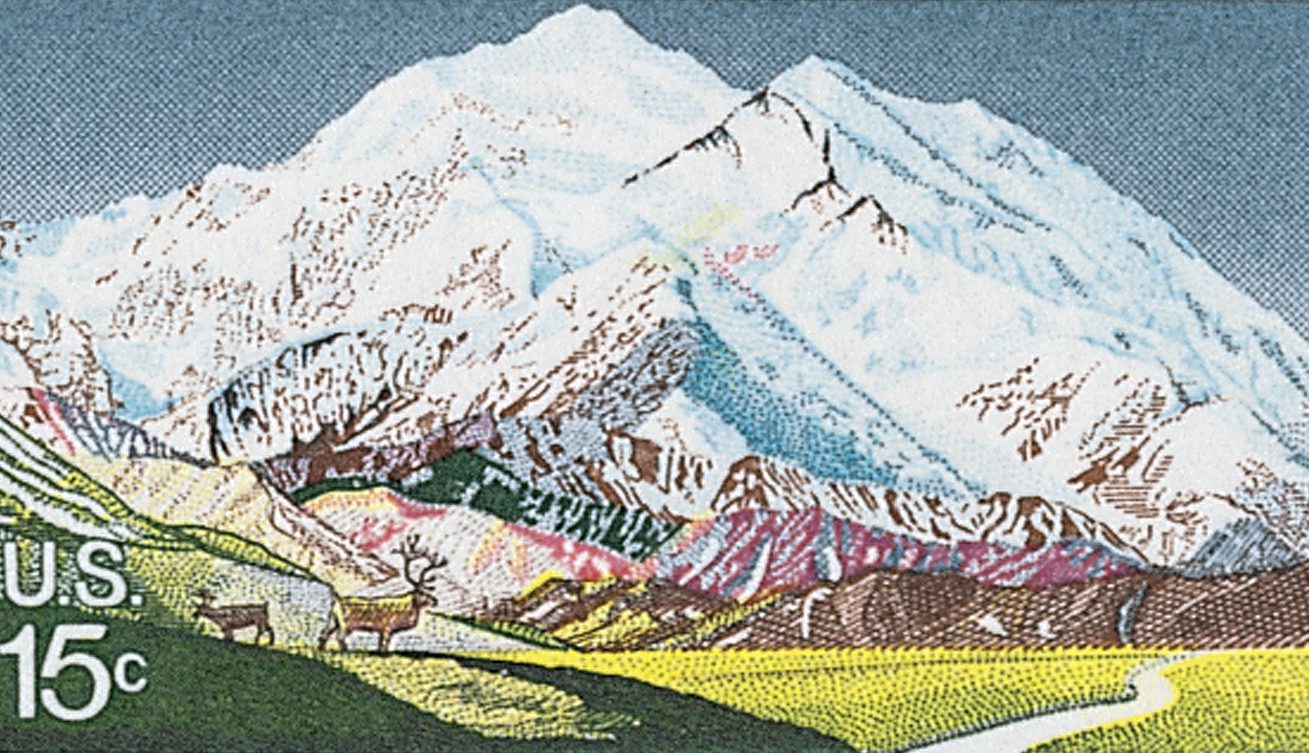
On February 26, 1917, Denali National Park was first established as Mount McKinley National Park. The park is home to the tallest mountain in North America.
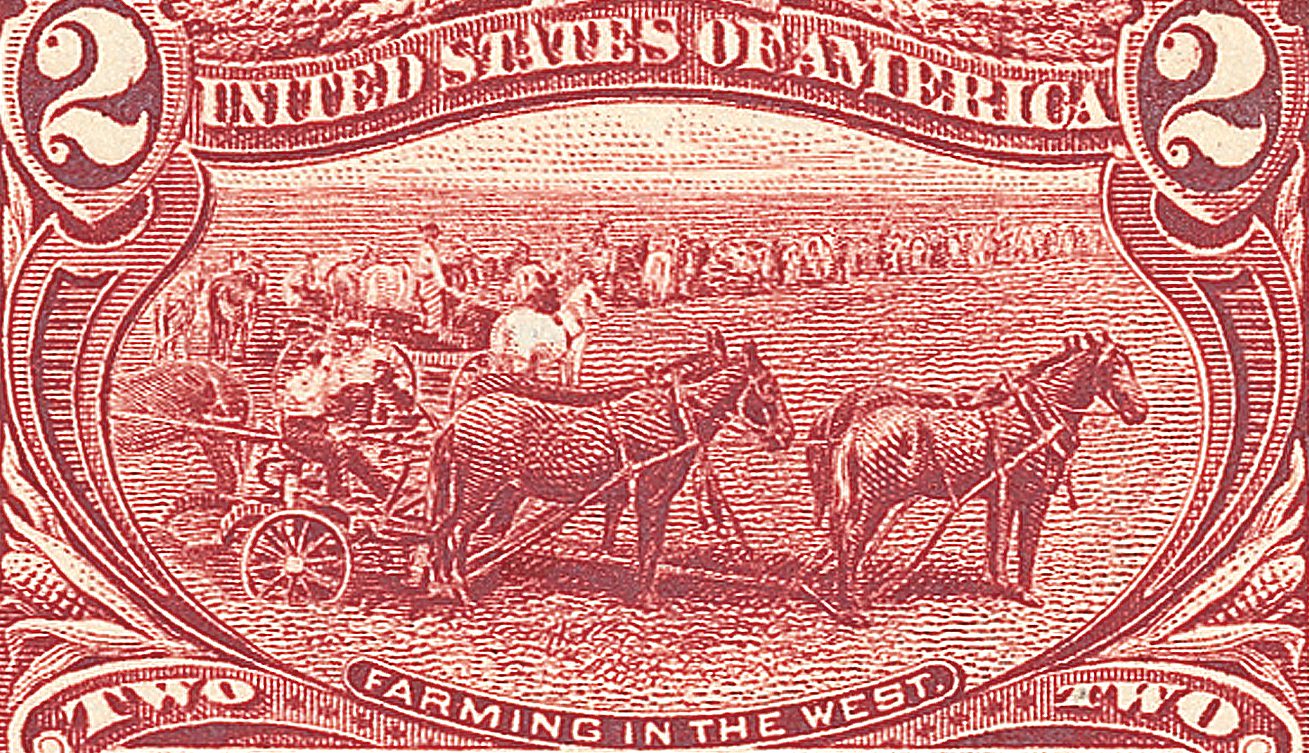
On February 9, 1889, the US Department of Agriculture attained cabinet-level status. The change was signed into law by President Grover Cleveland.

On January 12, 1953, Cape Hatteras became America’s first national seashore. Stretched over 70 miles of barrier islands, this seashore is a fascinating combination of natural and cultural resources.
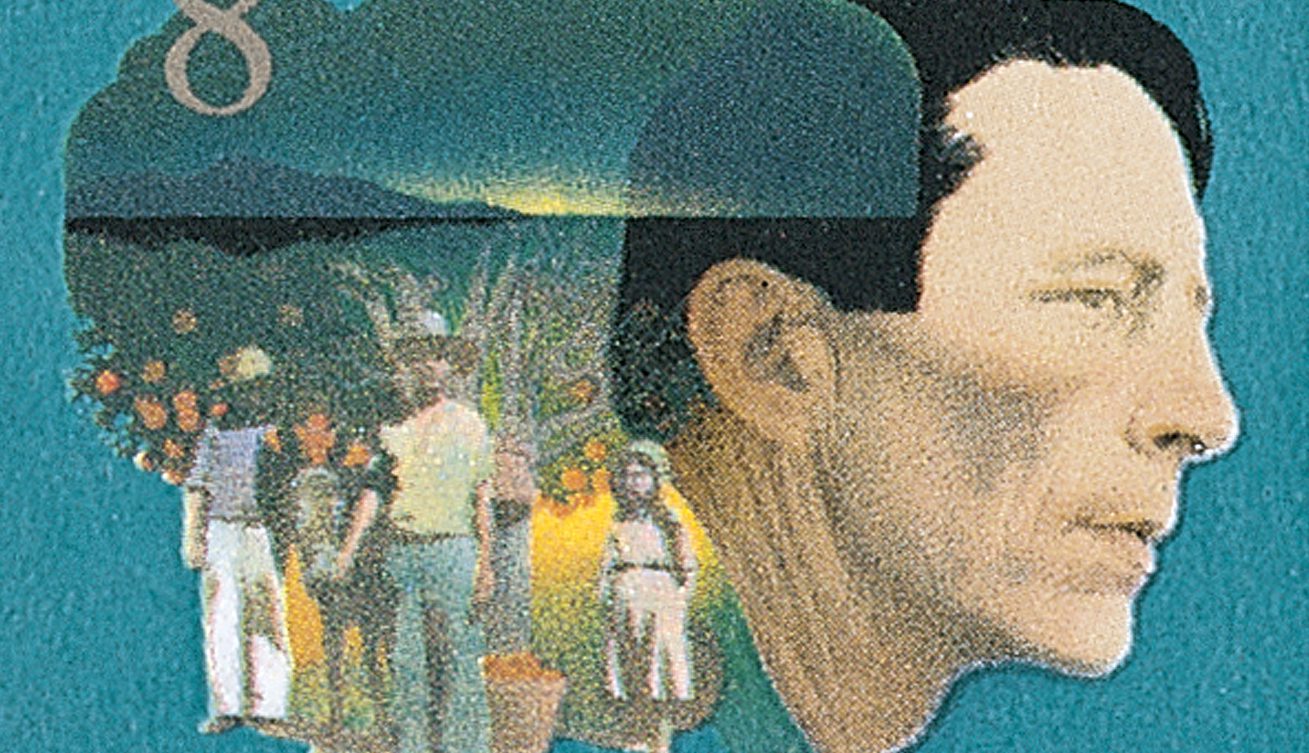
John Robinson Jeffers was born on January 10, 1887, in Allegheny, Pennsylvania. He was a prolific, yet controversial poet who captured the natural beauty surrounding his home in Carmel, California.

Artist Albert Bierstadt was born on January 7, 1830, in Solingen, Germany. He was the most successful of the Hudson River School Artists and his paintings of the American West helped inspire increased settlement.
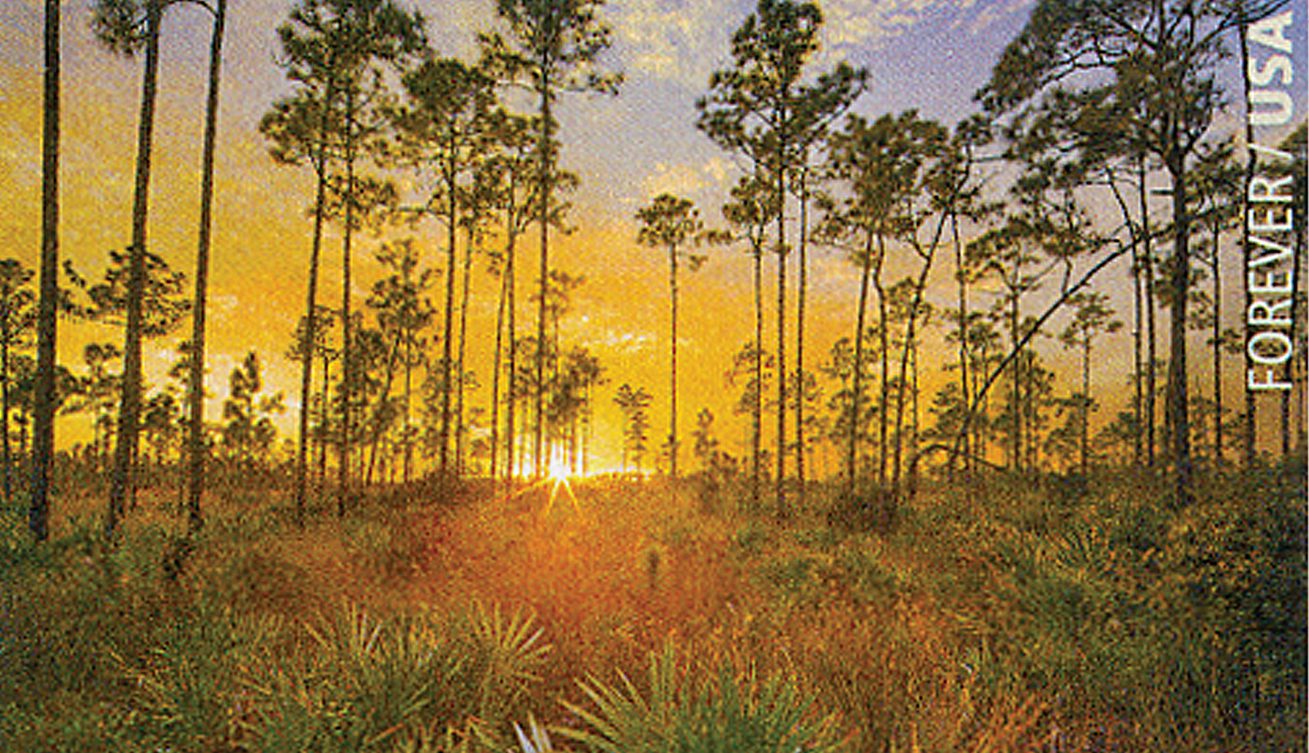
On December 6, 1947, President Harry Truman presided over the dedication of Florida’s Everglades National Park. It’s the largest tropical wilderness in the United States and the third largest park in the country.

On November 27, 1932, the Bixby Creek Bridge opened on the Big Sur coast of California. It was the longest concrete arch span in California and the highest single-span arch bridge in the world at the time of its completion.

On November 10, 1978, Theodore Roosevelt National Park was established on North Dakota. Roosevelt’s time in the Badlands inspired his conservation efforts as president, establishing over 200 protected areas.
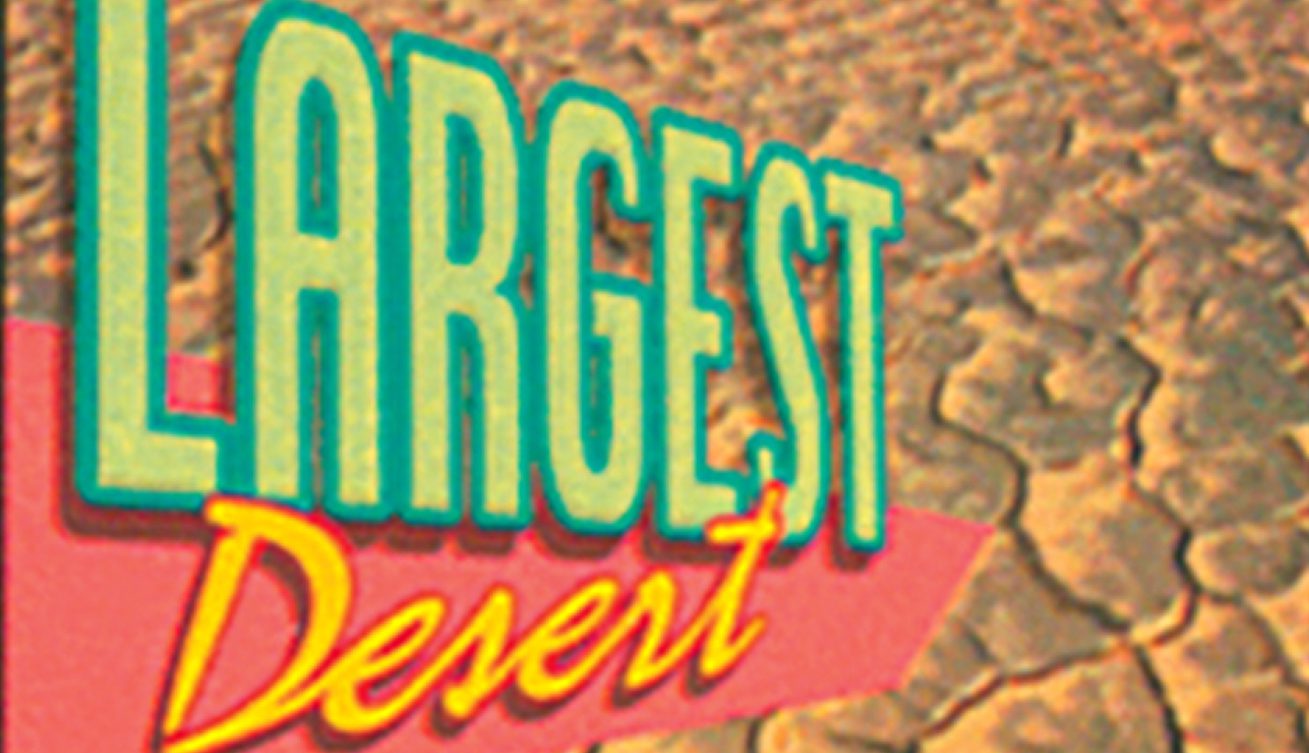
On October 27, 1986, Great Basin National Park was established in Nevada. The park protects ancient bristlecone pines, Wheeler Peak Glacier, and more.